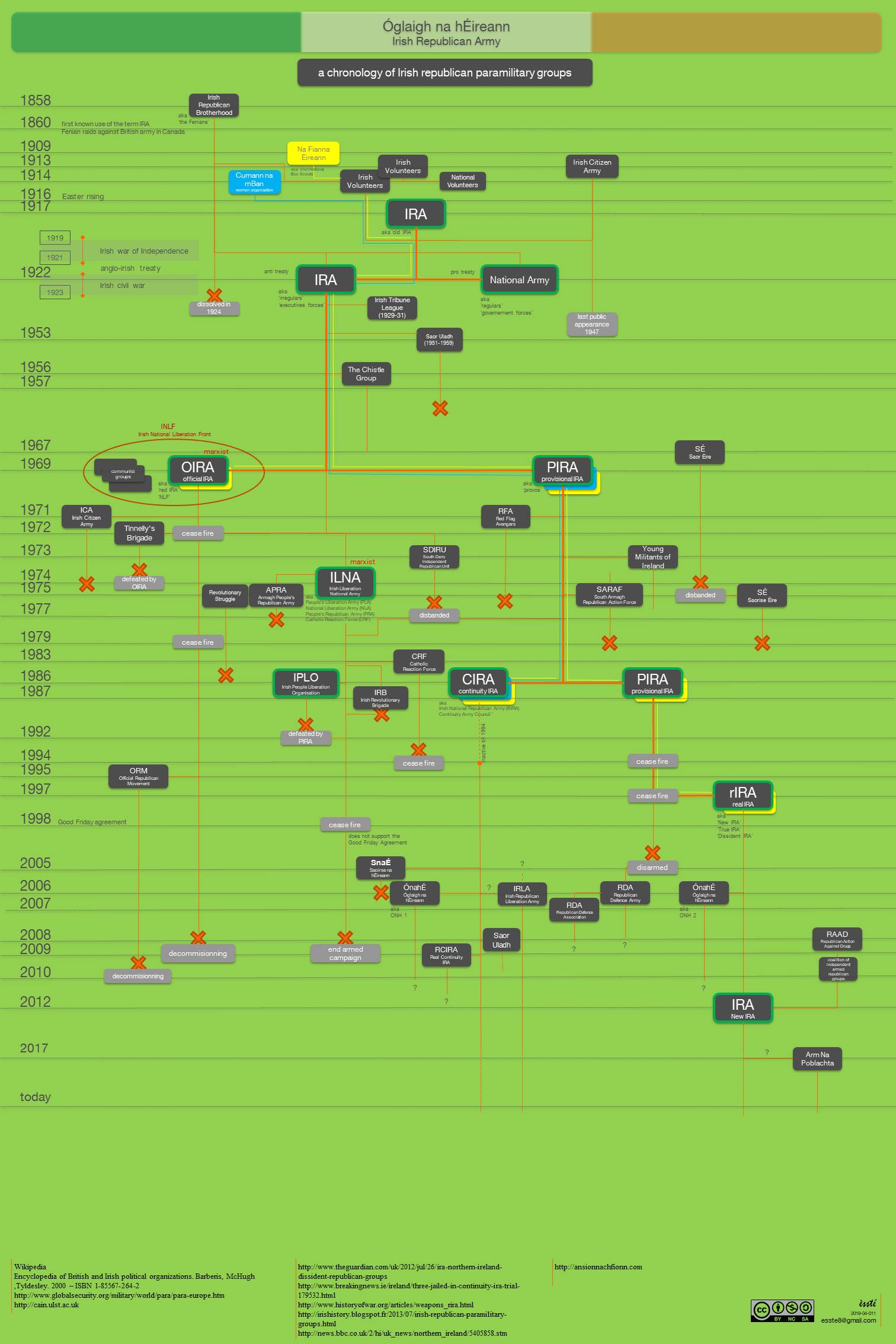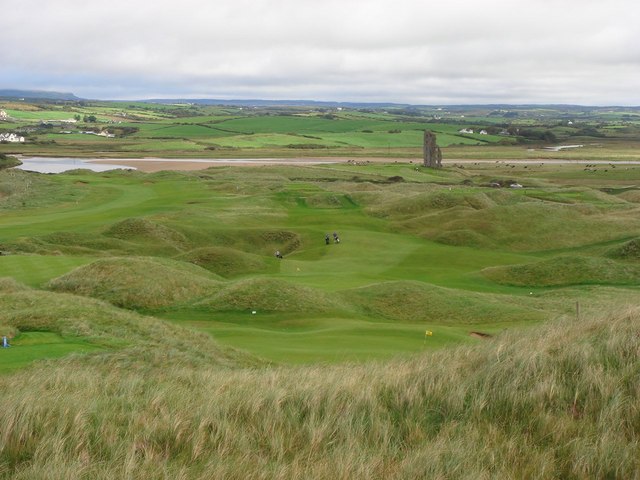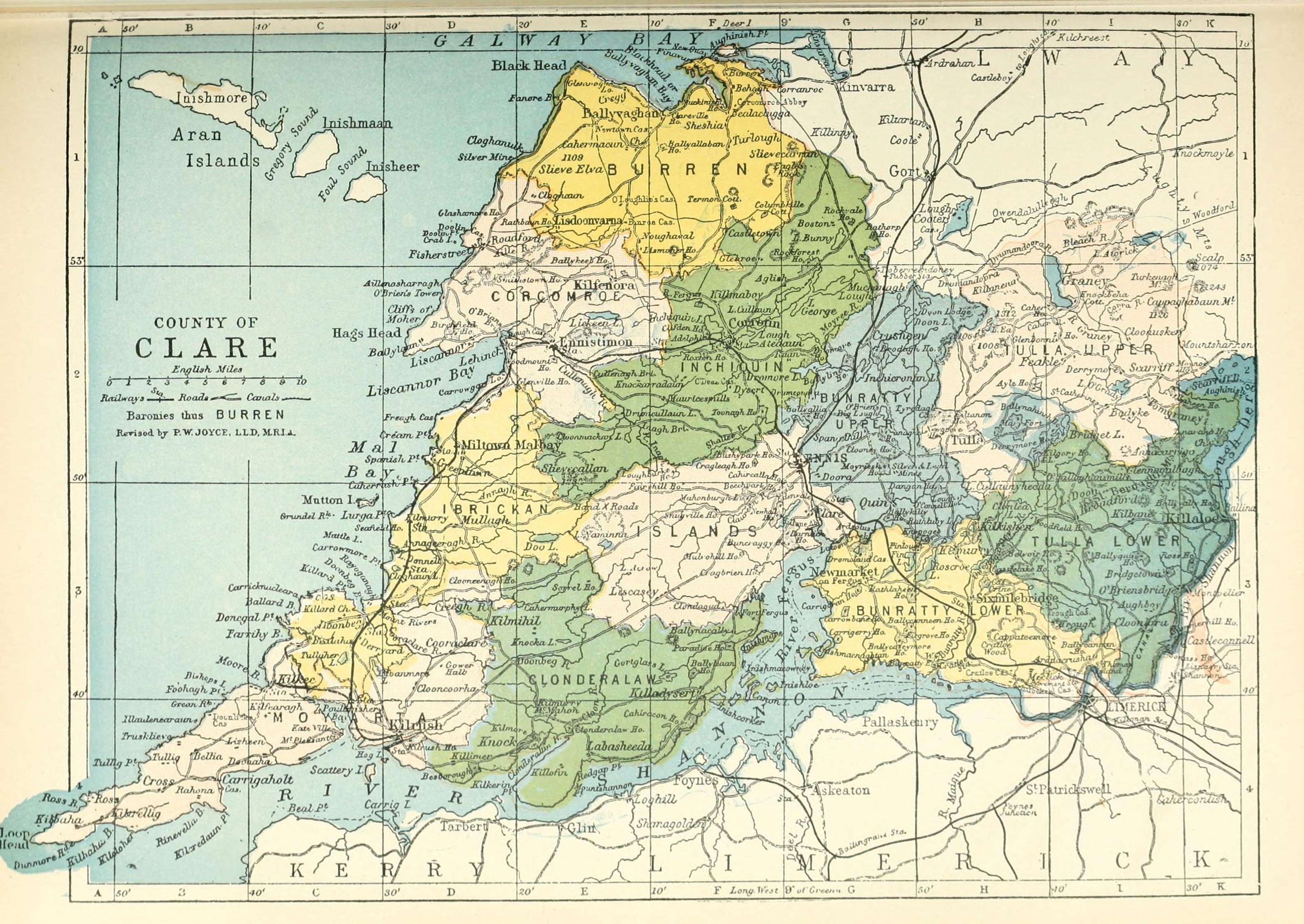|
Dan Lehane
Dan Lehane (died 26 September 1920) was a member of the Irish Republican Army (IRA) and one of the instigators of the Rineen Ambush in which six RIC policemen were killed. He was the brother of Patrick Lehane who was wounded in the reprisal that followed and then tied and thrown into a burning house. The Auxiliaries paid Dan Lehane a visit at his house at Cragg near Lahinch Lahinch or Lehinch ( ''or'' ) is a small town on Liscannor Bay, on the northwest coast of County Clare, Ireland. It lies on the N67 national secondary road, between Milltown Malbay and Ennistymon, roughly by road southwest of Galway and nort ..., where he was interrogated at gunpoint, but refused to inform the officers. Lehane was wounded and died four days later. References {{DEFAULTSORT:Lehane, Dan Irish Republican Army (1919–1922) members 1920 deaths 1920 in Ireland History of County Clare Year of birth missing ... [...More Info...] [...Related Items...] OR: [Wikipedia] [Google] [Baidu] |
Irish Republican Army
The Irish Republican Army (IRA) is a name used by various Resistance movement, resistance organisations in Ireland throughout the 20th and 21st centuries. Organisations by this name have been dominantly Catholic and dedicated to anti-imperialism through Irish republicanism, the belief that all of Ireland should be an independent republic free from British colonial rule. The original Irish Republican Army (1919–1922), often now referred to as the "old IRA", was raised in 1917 from members of the Irish Volunteers and the Irish Citizen Army later reinforced by Irishmen formerly in the British Army in World War I, who returned to Ireland to fight against Britain in the Irish War of Independence. In Irish law, this IRA was the army of the revolutionary republic, revolutionary Irish Republic as declared by its parliament, Dáil Éireann (Irish Republic), Dáil Éireann, in 1919. In the century that followed, the original IRA was reorganised, changed and split on multiple occasions ... [...More Info...] [...Related Items...] OR: [Wikipedia] [Google] [Baidu] |
Lahinch
Lahinch or Lehinch ( ''or'' ) is a small town on Liscannor Bay, on the northwest coast of County Clare, Ireland. It lies on the N67 national secondary road, between Milltown Malbay and Ennistymon, roughly by road southwest of Galway and northwest of Limerick. The town is a seaside resort and is home to the Lahinch Golf Club. It has become a popular surfing location. Etymology Lahinch is the anglicised form of Leath Inse, meaning half island or peninsula. This is not related to ''Leacht Uí Chonchubhair'', which means "O'Connor's Grave", referring to the memorial cairn (Leacht) marking the burial place of one of the O’Connor chieftains, who were the ruling clan of the district of Corco Modhruadh Iartharach. The town was recorded by the Annals of the Four Masters as ''Leith Innse'', which is a variant of the Irish word for a peninsula ''leithinis'' ("half island"), which describes the village's location between the Inagh River and the sea. The town today is mostly spell ... [...More Info...] [...Related Items...] OR: [Wikipedia] [Google] [Baidu] |
Irish Republican Army (1919–1922) Members
The Irish Republican Army (IRA) is a name used by various resistance organisations in Ireland throughout the 20th and 21st centuries. Organisations by this name have been dominantly Catholic and dedicated to anti-imperialism through Irish republicanism, the belief that all of Ireland should be an independent republic free from British colonial rule. The original Irish Republican Army (1919–1922), often now referred to as the "old IRA", was raised in 1917 from members of the Irish Volunteers and the Irish Citizen Army later reinforced by Irishmen formerly in the British Army in World War I, who returned to Ireland to fight against Britain in the Irish War of Independence. In Irish law, this IRA was the army of the revolutionary Irish Republic as declared by its parliament, Dáil Éireann, in 1919. In the century that followed, the original IRA was reorganised, changed and split on multiple occasions, to such a degree that many subsequent paramilitary organisations have been ... [...More Info...] [...Related Items...] OR: [Wikipedia] [Google] [Baidu] |
1920 Deaths
Events January * January 1 ** Polish–Soviet War: The Russian Red Army increases its troops along the Polish border from 4 divisions to 20. ** Kauniainen in Finland, completely surrounded by the city of Espoo, secedes from Espoo as its own market town. * January 7 – Russian Civil War: The forces of White movement, Russian White Admiral Alexander Kolchak surrender in Krasnoyarsk; the Great Siberian Ice March ensues. * January 10 ** The Treaty of Versailles takes effect, officially ending World War I. ** The League of Nations Covenant enters into force. On January 16, the organization holds its first council meeting, in Paris. * January 11 – The Azerbaijan Democratic Republic is recognised de facto by European powers in Palace of Versailles, Versailles. * January 13 – ''The New York Times'' Robert H. Goddard#Publicity and criticism, ridicules American rocket scientist Robert H. Goddard, which it will rescind following the launch of Apollo 11 in 1969. * Janua ... [...More Info...] [...Related Items...] OR: [Wikipedia] [Google] [Baidu] |
1920 In Ireland
Events from the year 1920 in Ireland. Events * 2 January – Irish Republican Army (IRA) volunteers of the 1st Cork Brigade (commanded by Mick Leahy) captured Carrigtwohill Royal Irish Constabulary (RIC) barracks, the first such attack carried out as official Republican policy. * 26 January – A fire in the Mary Immaculate, Refuge of Sinners Church in Rathmines, Dublin destroyed the interior, roof and dome. * 27 February – The text of the Home Rule Bill to be introduced in the House of Commons of the United Kingdom was published. It provided for the establishment of a 128-member parliament in Dublin and a 52-member parliament in Belfast. * 10 March – The Ulster Unionist Council accepted the Government's plan for a Parliament of Northern Ireland. * 20 March – The Sinn Féin Lord Mayor of Cork (since January), Tomás Mac Curtain, was murdered by armed and disguised RIC men who broke into his home. * 22 March – Thousands gathered to pay their respects to the mur ... [...More Info...] [...Related Items...] OR: [Wikipedia] [Google] [Baidu] |
History Of County Clare
County Clare () is a county in the province of Munster in the Southern part of Ireland, bordered on the west by the Atlantic Ocean. Clare County Council is the local authority. The county had a population of 127,938 at the 2022 census. The county seat and largest settlement is Ennis. Etymology There are two main hypotheses for the origins of the county name "Clare". One is that the name is derived from Thomas de Clare an Anglo-Norman peer and soldier from the de Clare family, who was deeply embroiled in local politics and fighting in the 1270s and 1280 and had had acquired land in Kilkenny and Thomond that included the Castle of Clare. In 1590 County Clare was named after the castle, which is in a strategic location. An alternative hypothesis is that the county name ''Clare'' comes from the settlement of Clare (now Clarecastle), whose Irish name (plank bridge) refers to a crossing over the River Fergus. Geography and subdivisions Clare is north-west of the River Shannon ... [...More Info...] [...Related Items...] OR: [Wikipedia] [Google] [Baidu] |



